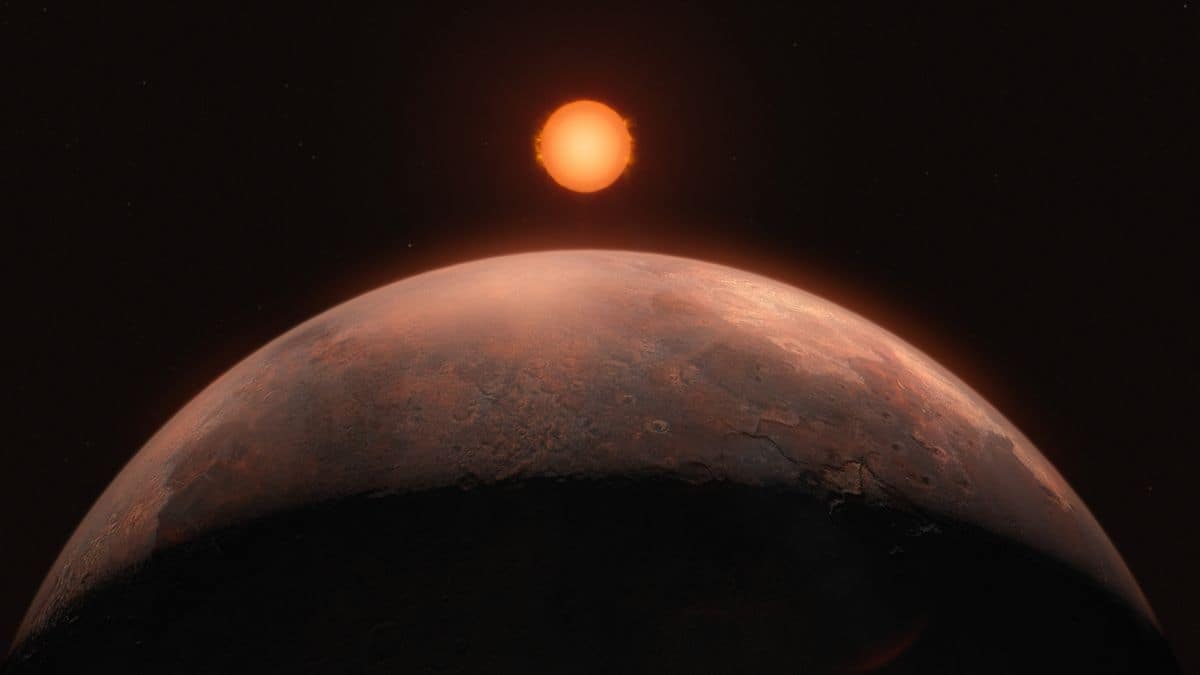
'Sub-Earth' exoplanet discovered around nearest single star to solar system
What's the story
Astronomers have discovering a planet that orbits Barnard's star, the closest single star to our solar system.
The exoplanet, called Barnard b, is categorized as a "sub-Earth" because its mass is about half that of Venus.
It completes an orbit around its red dwarf parent star in just over three Earth days.
This quick orbit is due to its closeness to Barnard's star — just 2.8 million kilometers away or 5% of the distance between the Sun and Mercury.
Planetary features
Barnard b's unique characteristics and habitability prospects
Barnard b is one of the lightest exoplanets we've discovered, weighing in at less than Earth. But here's the catch: it's way too close to its host star to be in the habitable zone.
Jonay Gonzalez Hernandez from Spain's Instituto de Astrofisica de Canarias, who was part of the discovery team, said that even though Barnard's star is about 2,500 degrees Celsuis cooler than our Sun, it's still too hot for liquid water to hang out on Barnard b's surface.
Detection tools
Advanced telescopes and instruments aid in exoplanet discovery
The discovery of Barnard b was made using the Very Large Telescope (VLT), a collection of four telescopes situated on Cerro Paranal mountain in northern Chile's Atacama Desert.
The exoplanet was detected through the slight "wobble" it creates in its red dwarf star's motion as it orbits the star.
This detection was facilitated by an instrument on the VLT known as ESPRESSO, and later confirmed using data from HARPS, another exoplanet-hunting tool.
Stellar features
A unique celestial body in our cosmic neighborhood
Barnard's star might not be the closest star to our solar system, but it's special because it's a single-star system, just like our Sun.
This feature and its closeness to Earth have made it a top pick in the hunt for rocky planets.
This red dwarf star has a surface temperature of around 2,800 degrees Celsius, and is 80% smaller than the Sun.
Plus, it's thought to be less rich in "metals," which are elements heavier than hydrogen and helium.
Continued exploration
Ongoing search for more exoplanets around Barnard's star
Even with the hurdles posed by metal-poor stars like Barnard's star, Hernandez and his crew are not backing down in their quest for signals from possible exoplanets.
They're especially keen on finding rocky worlds that sit in the habitable zone around this nearby star.
Plus, they've spotted clues for three more possible exoplanets around Barnard's star, which they plan to verify using ESPRESSO.